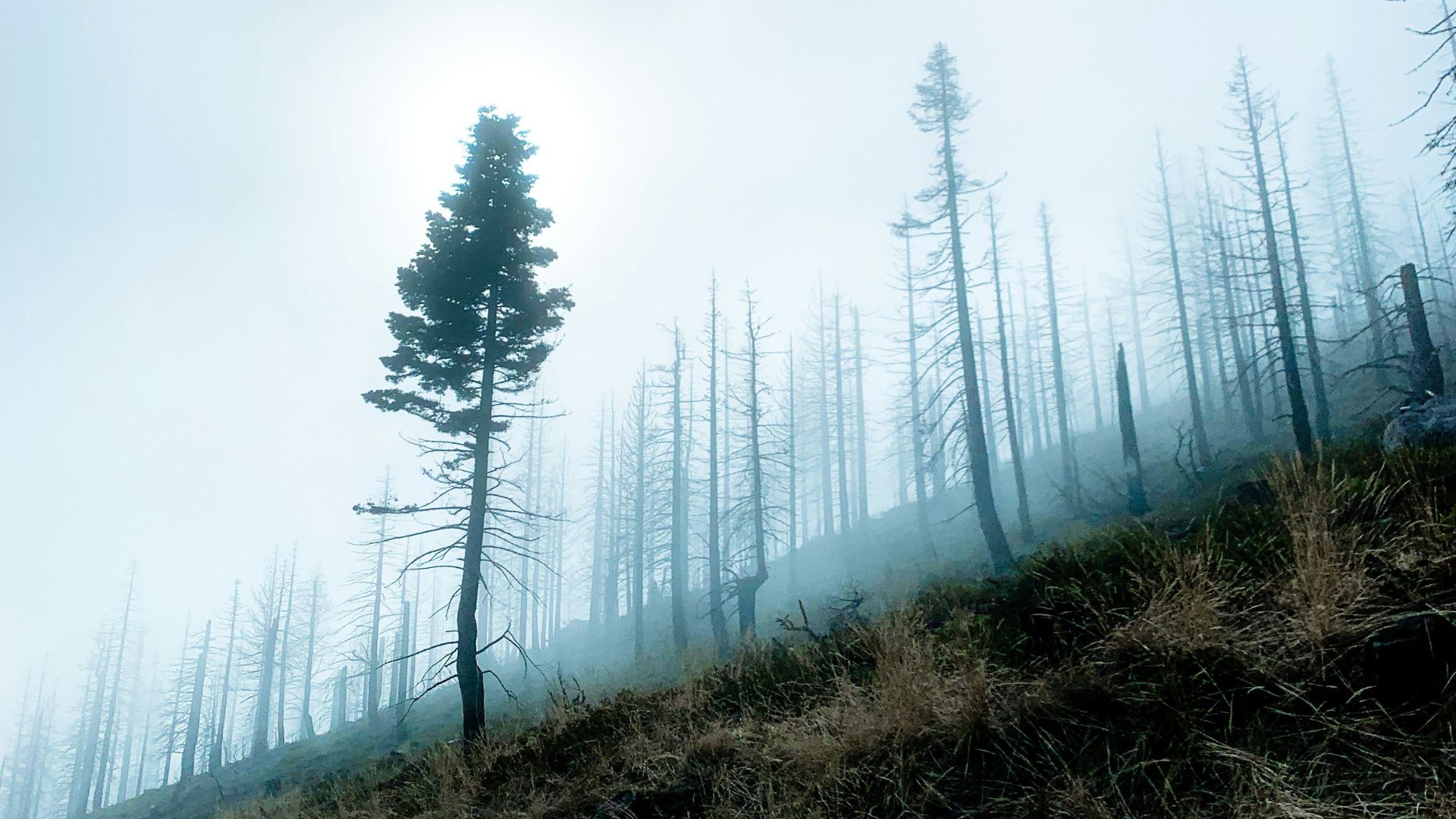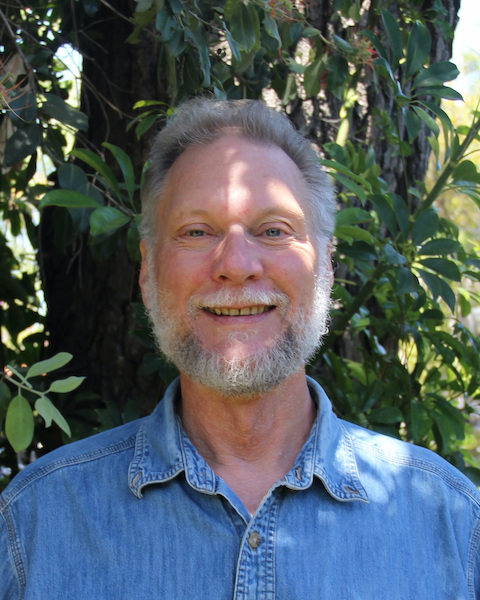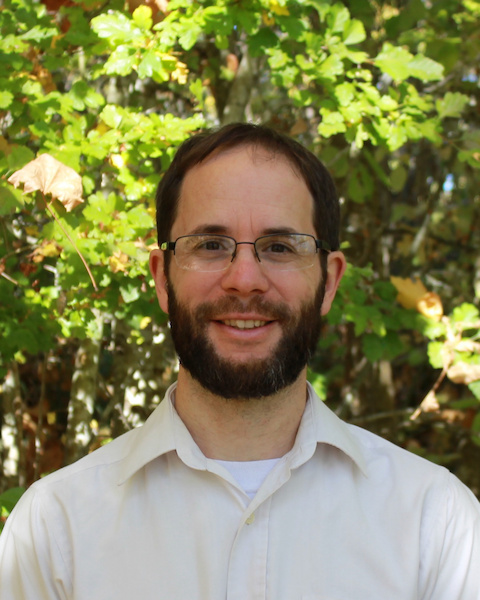In many coniferous forests of the western United States, wildland fuel accumulation and projected climate conditions increase the likelihood that fires will become larger and more intense. Fuels treatments and prescribed fire are widely recommended, but there is uncertainty regarding their ability to reduce the severity of subsequent fires at a landscape scale. Our objective was to investigate the interactions among landscape-scale fire regimes, fuels treatments and fire weather in the southern Sierra Nevada, California. We used a spatially dynamic model of wildfire, succession and fuels management to simulate long-term (50 years), broad-scale (across 2.2 × 106 ha) effects of fuels treatments. We simulated thin-from-below treatments followed by prescribed fire under current weather conditions and under more severe weather. Simulated fuels management minimised the mortality of large, old trees, maintained total landscape plant biomass and extended fire rotation, but effects varied based on elevation, type of treatment and fire regime. The simulated area treated had a greater effect than treatment intensity, and effects were strongest where more fires intersected treatments and when simulated weather conditions were more severe. In conclusion, fuels treatments in conifer forests potentially minimise the ecological effects of high-severity fire at a landscape scale provided that 8% of the landscape is treated every 5 years, especially if future fire weather conditions are more severe than those in recent years.
Simulating landscape-scale effects of fuel treatments on fire regimes in the Sierra Nevada, California, USA





